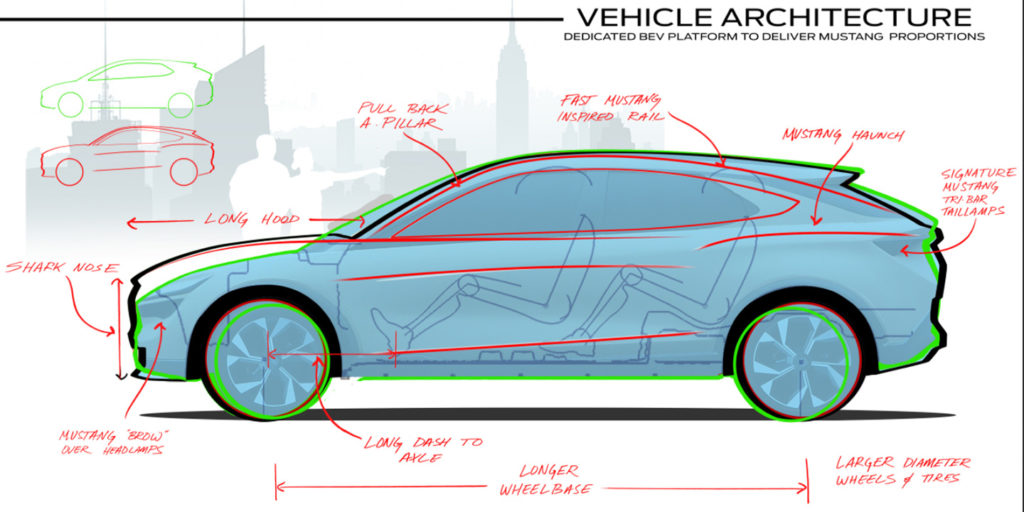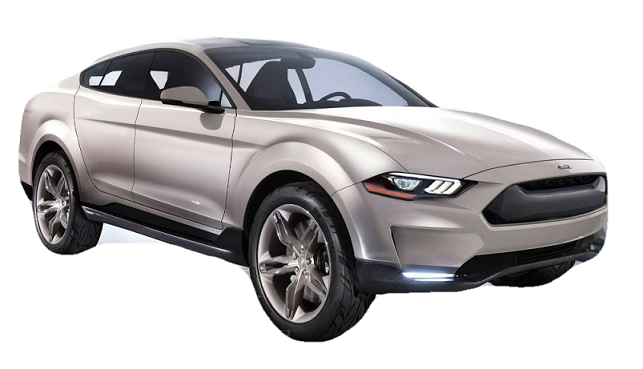In his first Master Plan for Tesla, Elon Musk defined three perfectly differentiated phases: the launch of an electric sports car (Roadster) that would generate enough money to develop a somewhat more affordable electric vehicle (Model S). Which in turn would allow getting enough funding to create a model for the masses (Model 3).

Musk’s intention was for this third model to be named Model E to create a play on words: a range consisting of the Model S, its derivative Model X SUV, and the Model E access model would read ‘SEX.’ If to these three models, we add the SUV version of the affordable model and the recently introduced Model Y, the range would be “SEXY.”
However, in 2014 Ford acquired the rights to the name Model E, so Tesla had to change the name of its third model to Model 3. Therefore, the company’s range is currently “S3XY” in the place of “SEXY”. Ford’s goal in registering the Model E name was to pay tribute to the Model T, its first mass-produced car and the principal architect of the popularization of the car in the early 20th century (in total more than 15 million vehicle units were produced ). This implied that the Model E would be to the electric vehicle what the Model T would be to the thermal car.
However, during the early stages of its development, the Ford Model E was an unambitious electric car, a sort of electric compact designed to meet the emission regulations of some regions. However, following the rapid evolution of the electric car market in 2017, Ford decided to radically change the concept of the vehicle, discarding its boring design and turning it into an attractive SUV with an aesthetic inspired by that of the legendary Mustang sports car.
Thus, the Model E gave way to the Mustang Mach-E. Among other differences, Ford raised the front, lengthened the hood, delayed the windshield, increased the wheelbase, increased the diameter of the wheels, gave a more dynamic shape to the lateral line, muscled the bodywork, and equipped it with various elements inspired by the Mustang (headlights, lights, etc.) In the mechanical section, many aspects also changed, with a greater emphasis on performance and achieving high autonomy to compete against the leading models in the segment.

